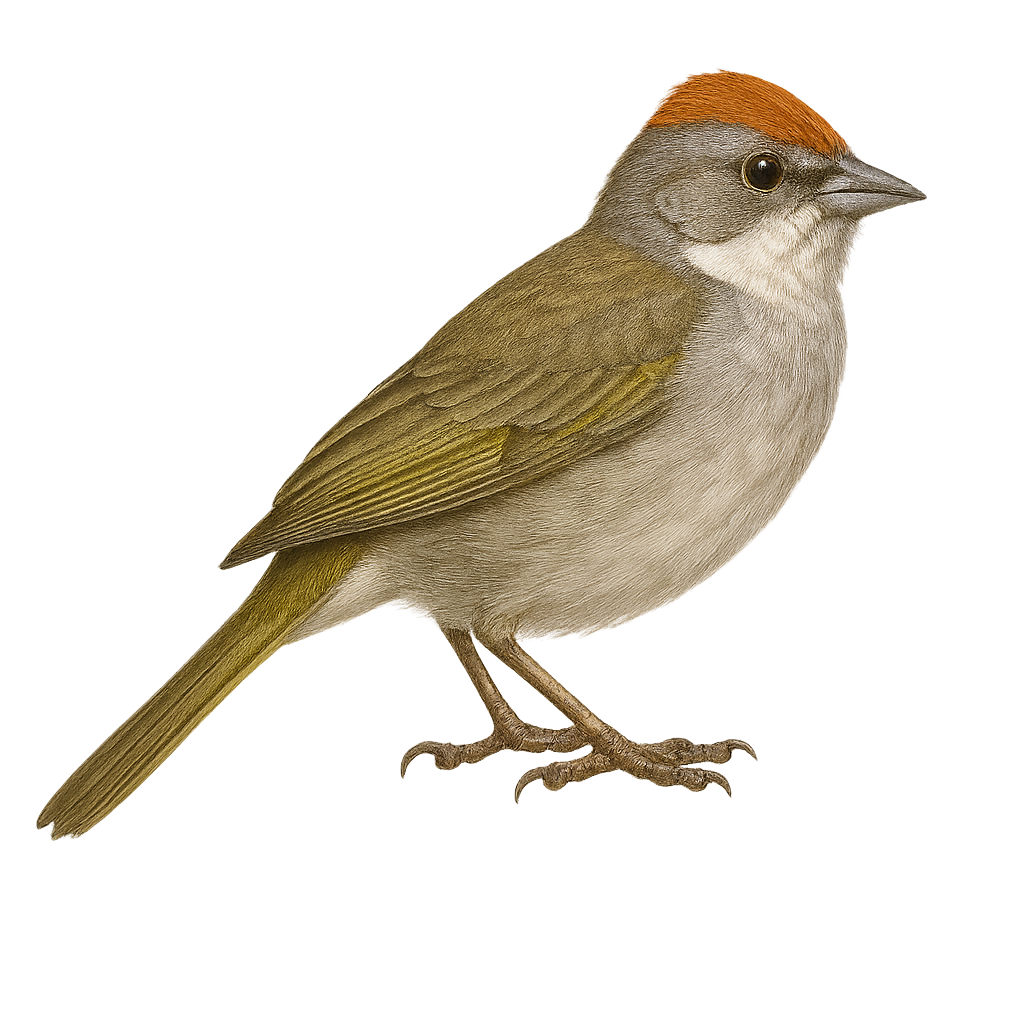Your wildlife photography guide.
Explore the green-tailed towhee in detail, study its behavior, prepare your shots.
Where to observe and photograph the green-tailed towhee in the wild
Learn where and when to spot the green-tailed towhee in the wild, how to identify the species based on distinctive features, and what natural environments it inhabits. The WildlifePhotographer app offers tailored photography tips that reflect the green-tailed towhee’s behavior, helping you capture better wildlife images. Explore the full species profile for key information including description, habitat, active periods, and approach techniques.
Green-tailed Towhee
Scientific name: Pipilo chlorurus

IUCN Status: Least Concern
Family: PASSERELLIDAE
Group: Birds
Sensitivity to human approach: Suspicious
Minimum approach distance: 10 m
Courtship display: April to June
Incubation: 12-14 jours
Hatchings: May to July
Habitat:
shrublands, dense undergrowth, mountainous regions
Activity period :
Primarily active during the day, with peak activity in the morning and late afternoon.
Identification and description:
The Grünschwanz-Grundammer is a medium-sized bird, measuring about 18 to 20 cm in length. It is easily recognizable by its olive-green back, gray chest, and distinctive rufous crown. This bird prefers shrubby habitats and dense undergrowth, often in mountainous regions of western North America. It is primarily granivorous but also consumes insects, especially during the breeding season. The Grünschwanz-Grundammer is a discreet bird, often heard before seen, thanks to its melodious song and distinctive calls. Although generally solitary, it can be observed in small groups during migration.
Recommended lens:
400mm – adjust based on distance, desired framing (portrait or habitat), and approach conditions.
Photography tips:
To photograph the Green-tailed Towhee, opt for sunny mornings when the bird is most active. Use a 400mm or longer telephoto lens to capture detailed images without disturbing the bird. Look for areas with dense shrubs where it likes to hide. Be patient and listen for its distinctive song to locate its position. A discreet approach is essential to avoid scaring it away. Take advantage of natural light to highlight the vibrant colors of its plumage, especially its rufous crown and green back.
The WildlifePhotographer App is coming soon!
Be the first to explore the best nature spots, track rutting seasons, log your observations, and observe more wildlife.
Already 1 439 wildlife lovers subscribed worldwide

